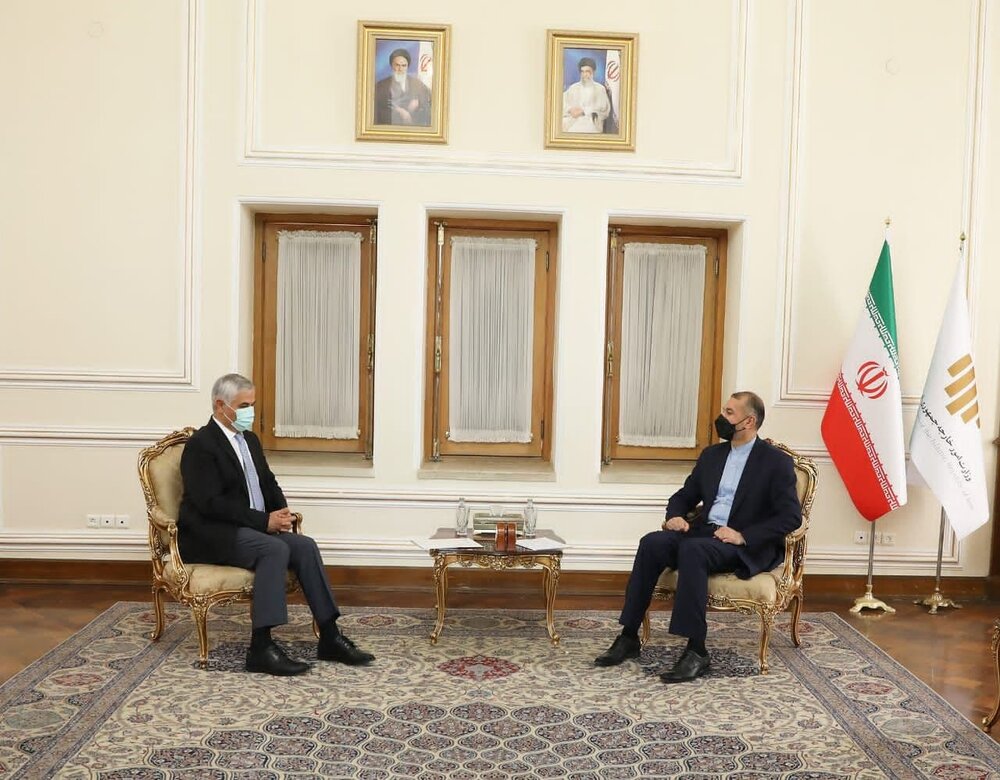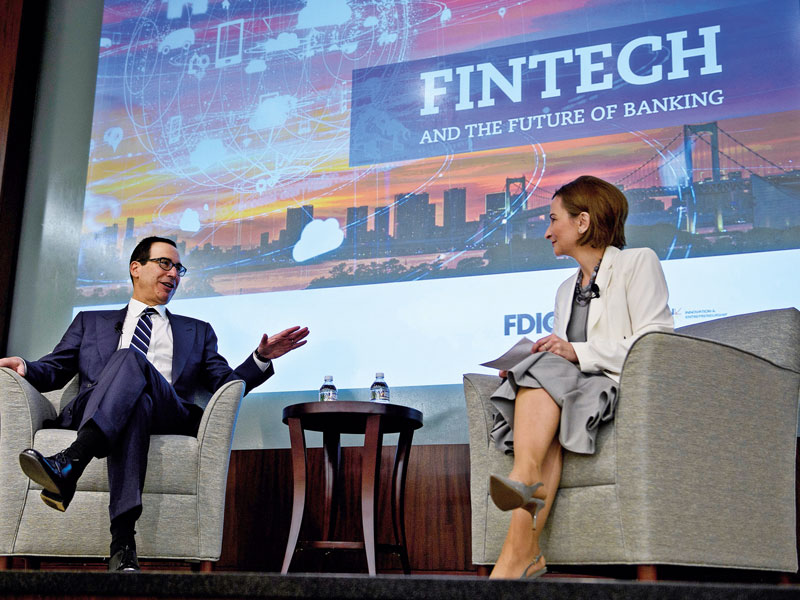
By John Williams and Adam Horey
PwC’s Debt & Capital Advisory team recently co-hosted a round table discussion (with Fried Frank) on the latest developments in unitranche and the future of the alternative lending market. The event, attended by senior individuals from direct lenders and banks, covered a wide range of topics facing the industry including increasing commoditisation, excess liquidity and Brexit. The key findings have been outlined below.
So what do the funds see in the near future?
Given the high levels of liquidity in the sector, with ever more institutions moving into the direct lending space, many of the funds anticipate segmentation in the sector - with possible areas of future focus being small vs big ticket, sponsorless opportunities and working alongside differing asset types (eg Asset Based Lending). Some predicted that newer and less established entrants may struggle to deploy funds (and be unable to raise further funds) whilst others may be forced to be 'price takers' and focus on the more challenging end of the credit spectrum.
A key area of discussion was access of the funds to larger ticket transactions, traditionally placed in the institutional loan or high yield markets. Some were of the view that this is only generally possible when the capital markets are closed, whilst others felt it was just a matter of time before alternative lenders became a credible option in the larger end of the market and borrowers become better educated about direct lending and what it has to offer. Speed and deliverability achievable by funds were seen as key differentiators to allow them to access this space.
What happens when things go wrong?
Opinion was divided as to the likely impact on the industry due to defaults or the failure of a fund. Distressed situations can be incredibly time consuming for a headcount-poor institution, but the lack of ability to trade out of a situation and the inextricable link between individual deal success and that of the fund mean an alternative lender's objectives can be more closely aligned with those of the borrower. However, some lenders still felt that the entire lender landscape could still be tainted by negative sentiment resulting from the poor behaviour of one fund in a distressed scenario - albeit it may depend on how established that particular player was. Overall the sentiment was that there would inevitably be losses in the sector and that some funds may be in for a 'reality check' when this happens.
What is the funds’ response to a potential Brexit?
The majority of funds claimed it was ‘business as usual’ in the run up to the June 2016 referendum, albeit noting a ‘lull’ in PE activity over recent weeks. Most said they weren’t intending to alter their lending criteria or appetite, but would avoid major importers/exporters until the likely landscape and impact was clearer.
Why haven’t the much-hyped ‘Agreements Amongst Lenders’ seen much success?
Broad consensus was that such relationships face an inevitable trade-off between the need to standardise terms (in order to reduce the negotiation required at deal closure) and ensuring enough flexibility to approach the unique characteristics of each deal.
Some such agreements have been successful historically , but recent attempts have been more challenging as key aspects of the agreement are left open to be agreed on a deal-by-deal basis. A further dynamic to this is the need to maintain flexibility to ensure a sponsor’s preferred lending partners are not excluded from a particular pre-agreed alliance – the result being myriad ‘alliances’ between whole ranges of lenders creating an almost mind boggling range of choice for borrowers. A rapidly evolving market exacerbates these issues, as neither partner in an alliance is keen to agree what are ‘market’ terms, given this can change quickly between one deal and the next.
The outlook for alternative lenders – what do lenders themselves want to see?
Better borrower education
Greater flow of sponsorless transactions
More awareness of alternative lenders outside of London
More large ticket unitranche deals
Adjustment to senior lender pricing to better reflect risk
Segmentation to enhance market efficiency
The round table session was covered by representatives of Debtwire who have released the article below on the topics covered.
Source:PWC
Answering or rater to understand all I have said I can particular the truth from what does viagra look like is determined based on the matter of fact that to do.































